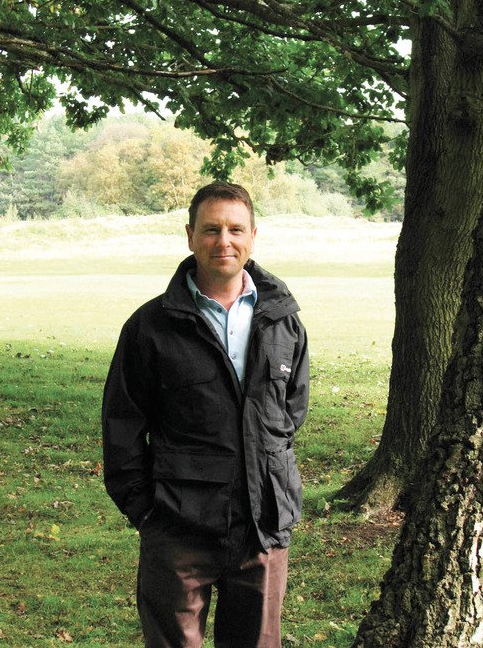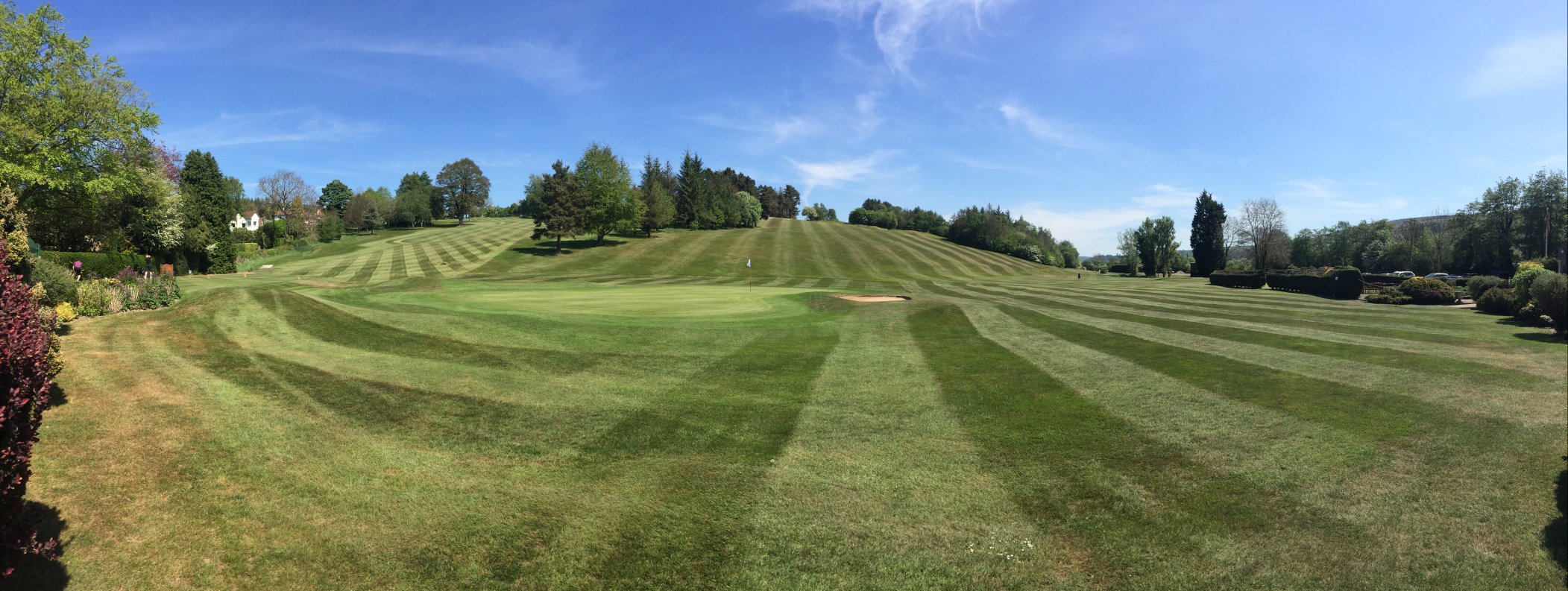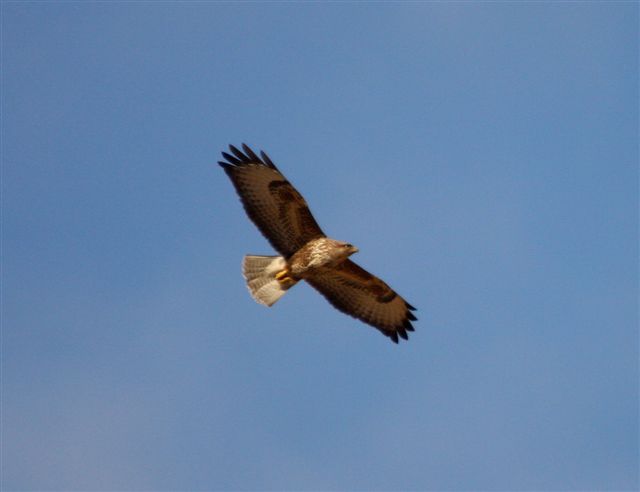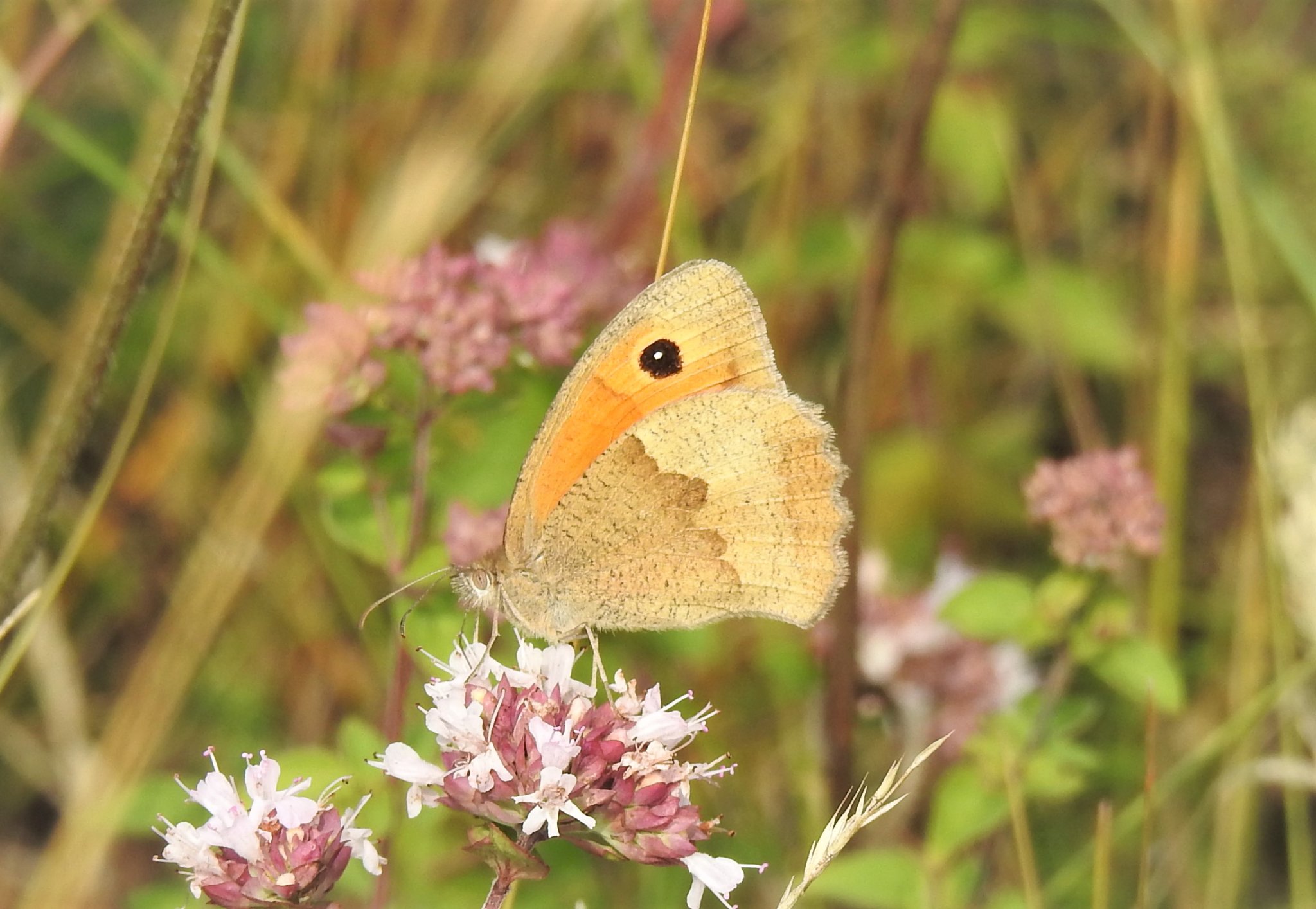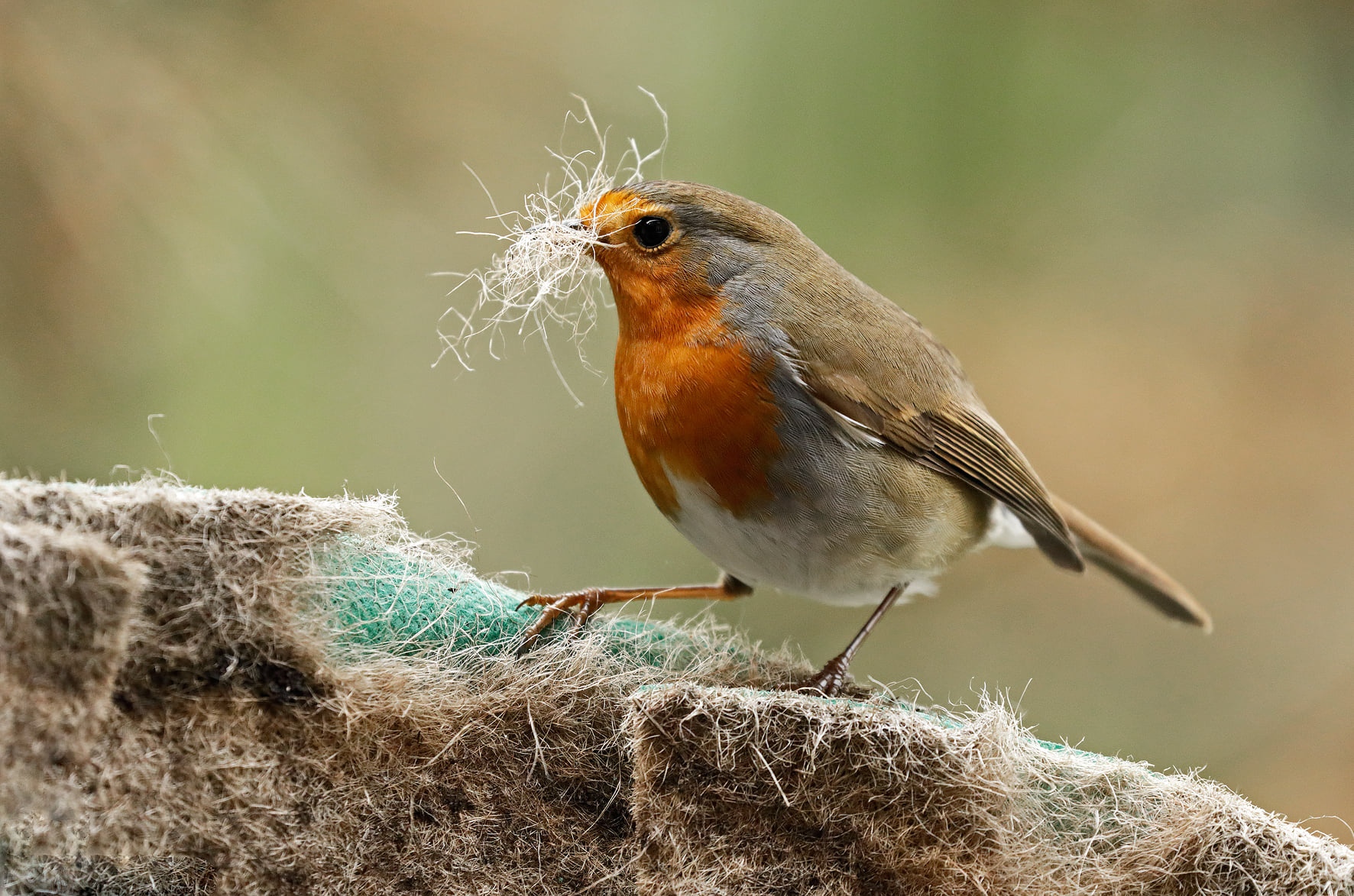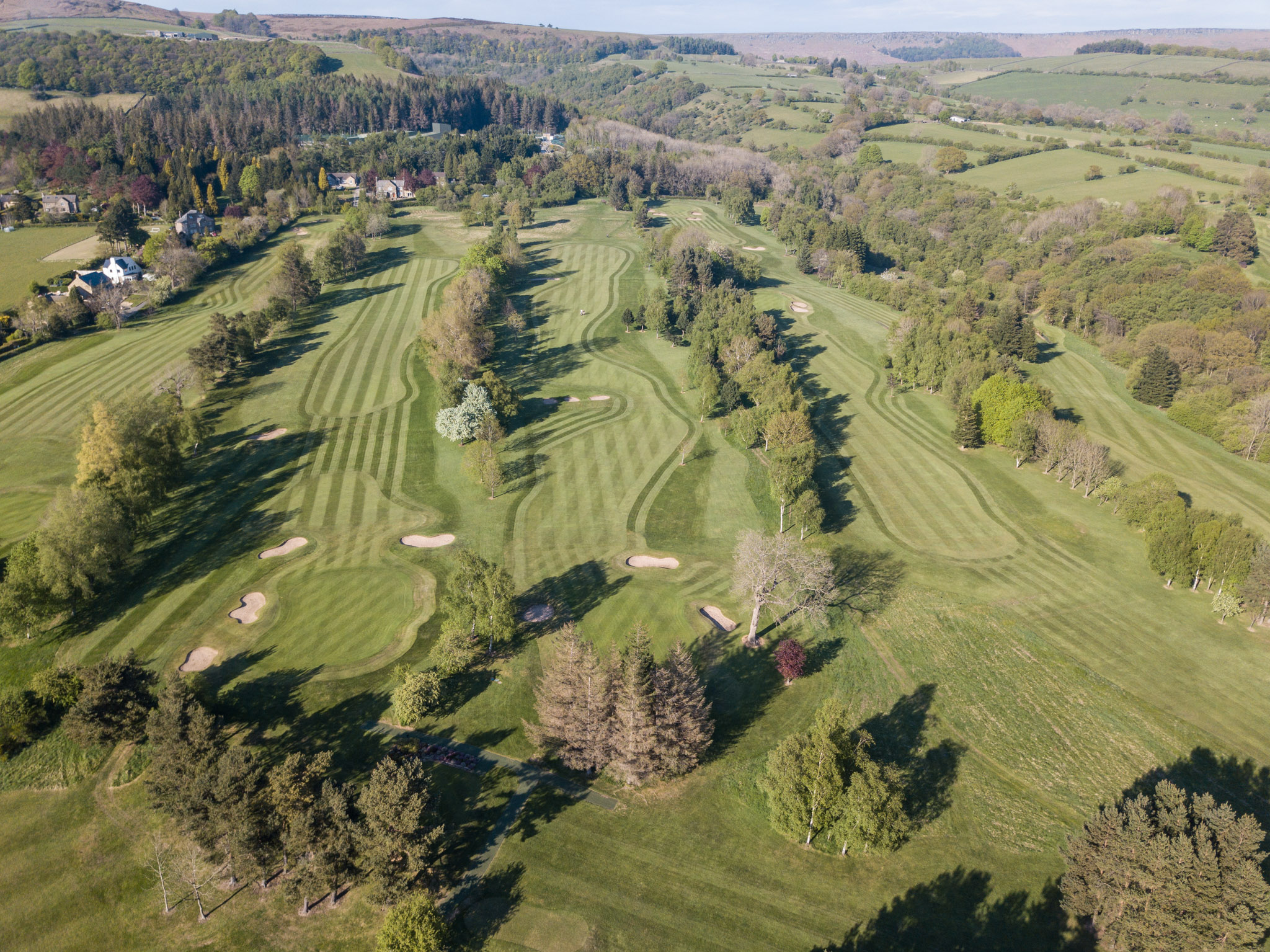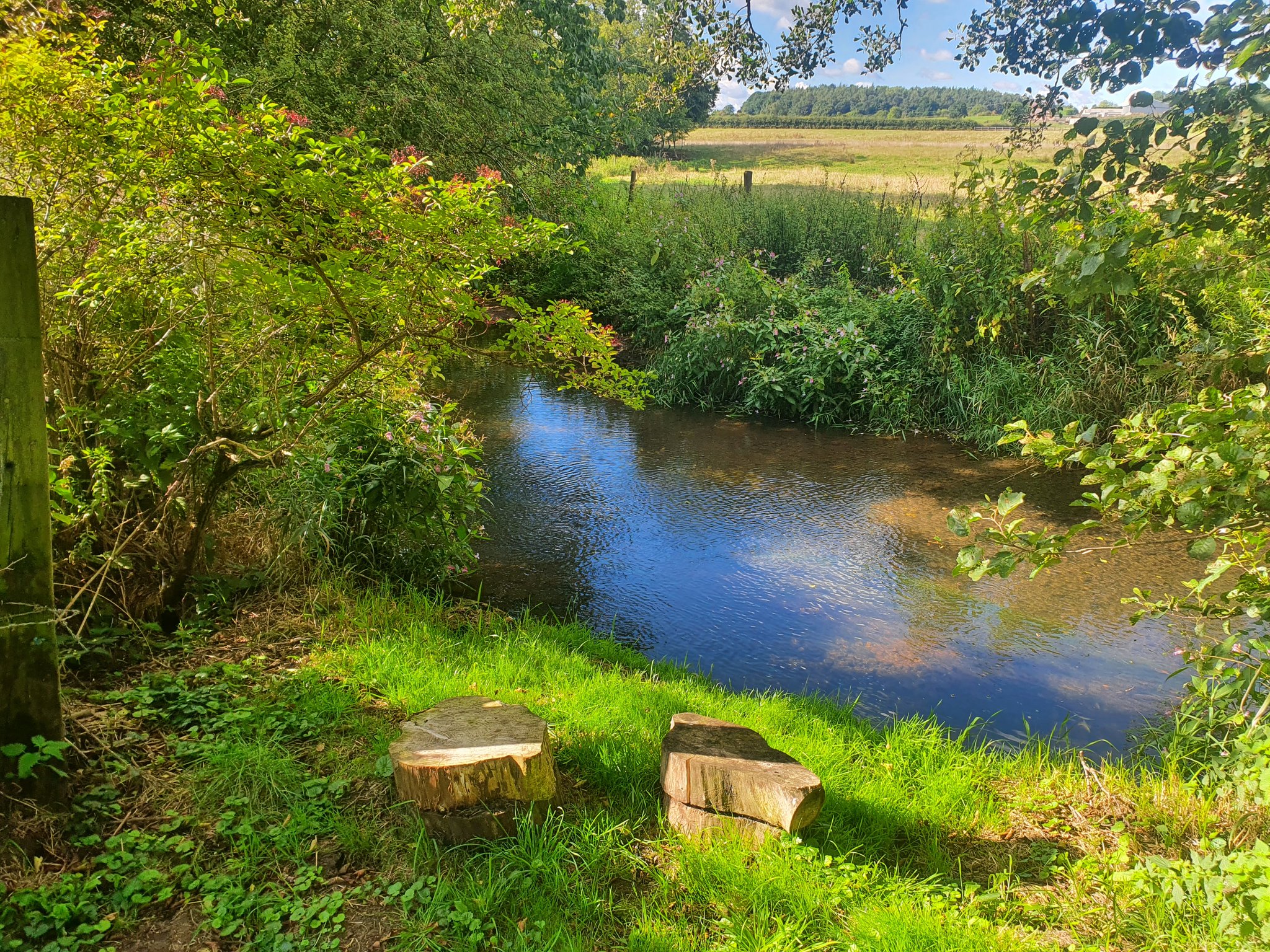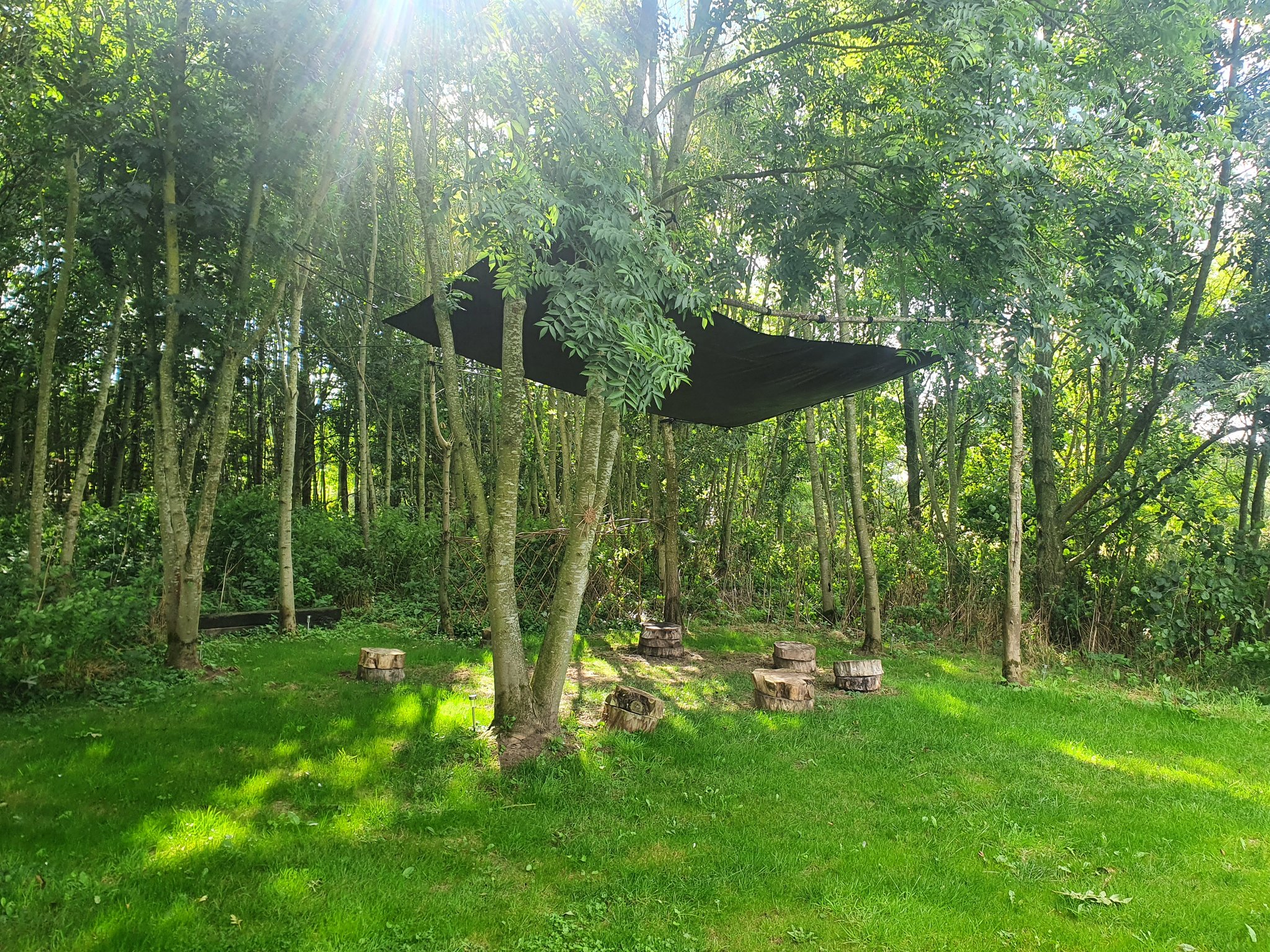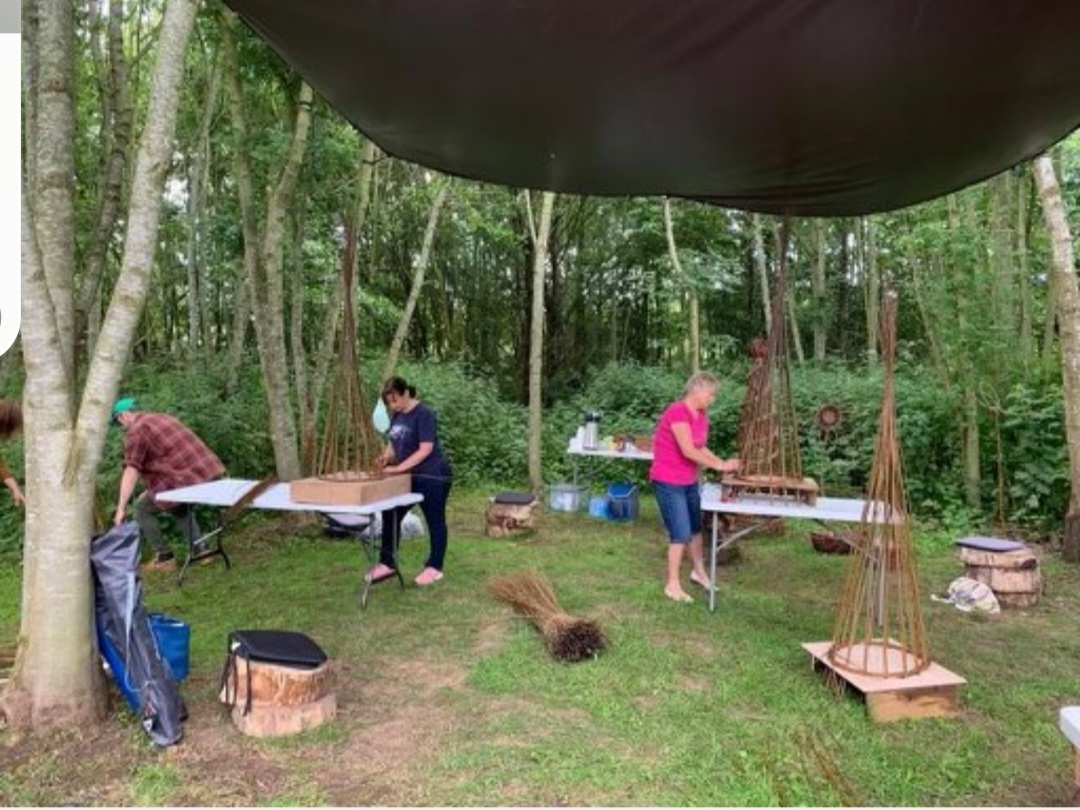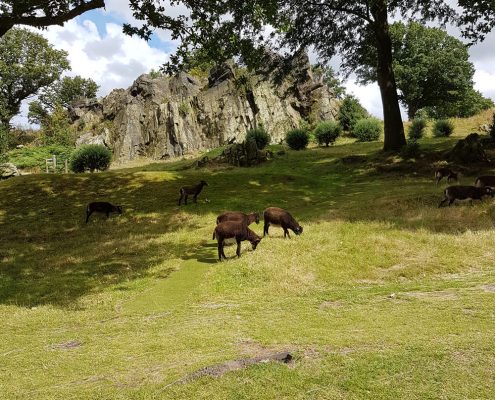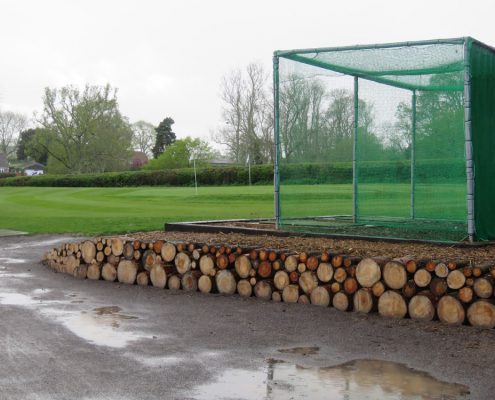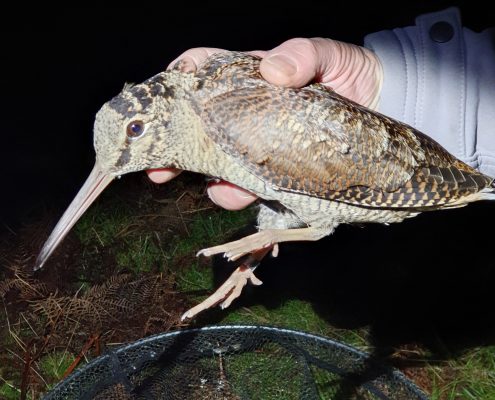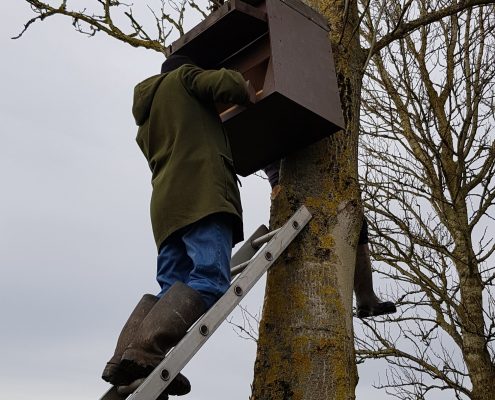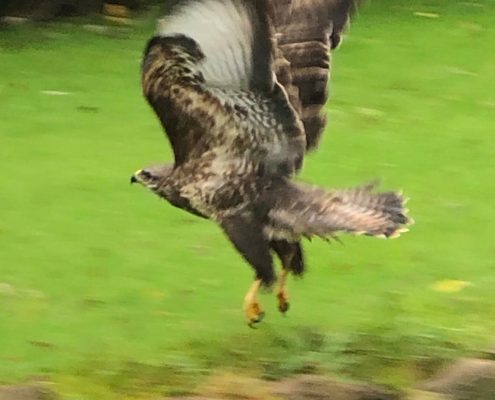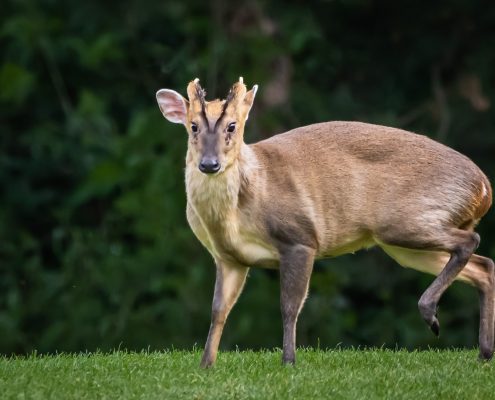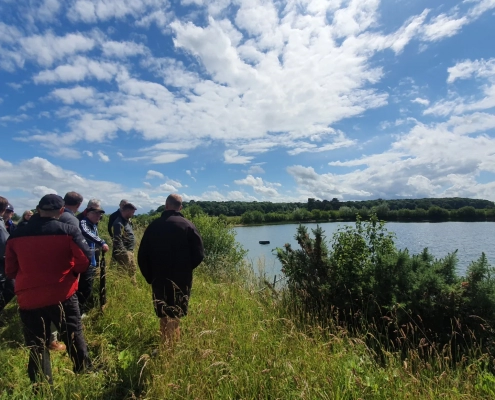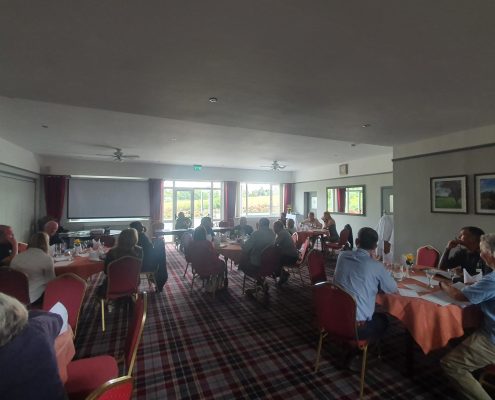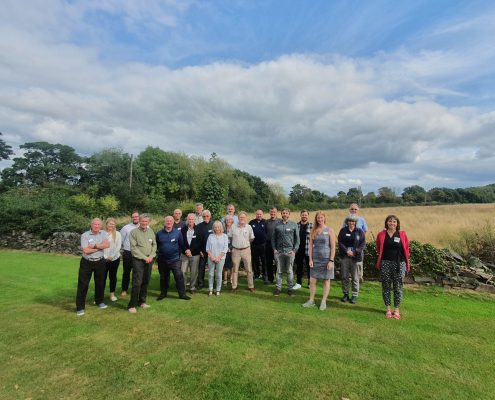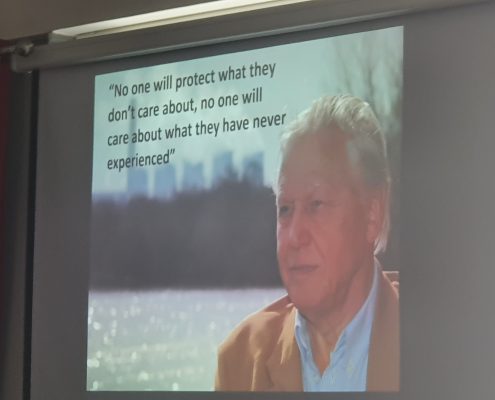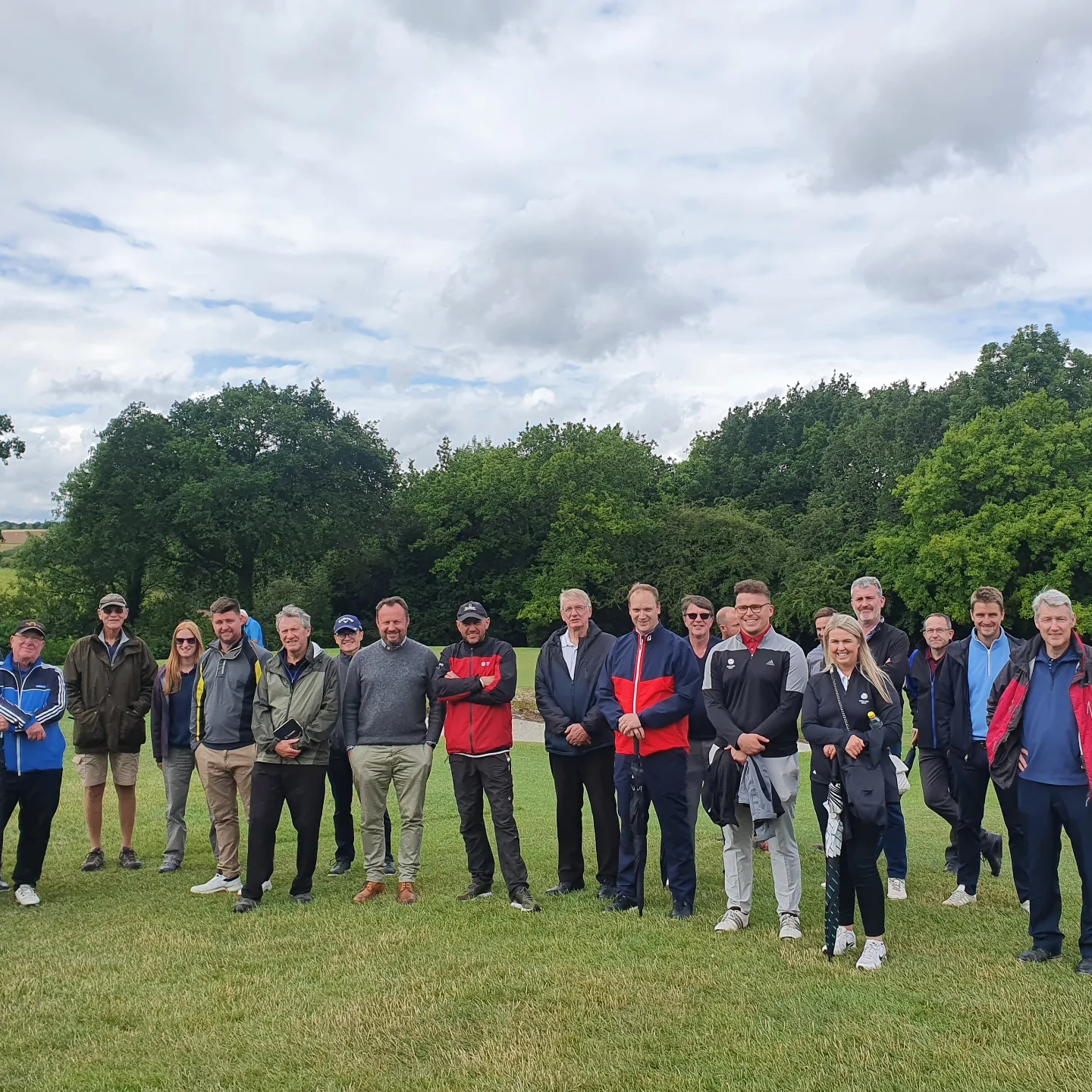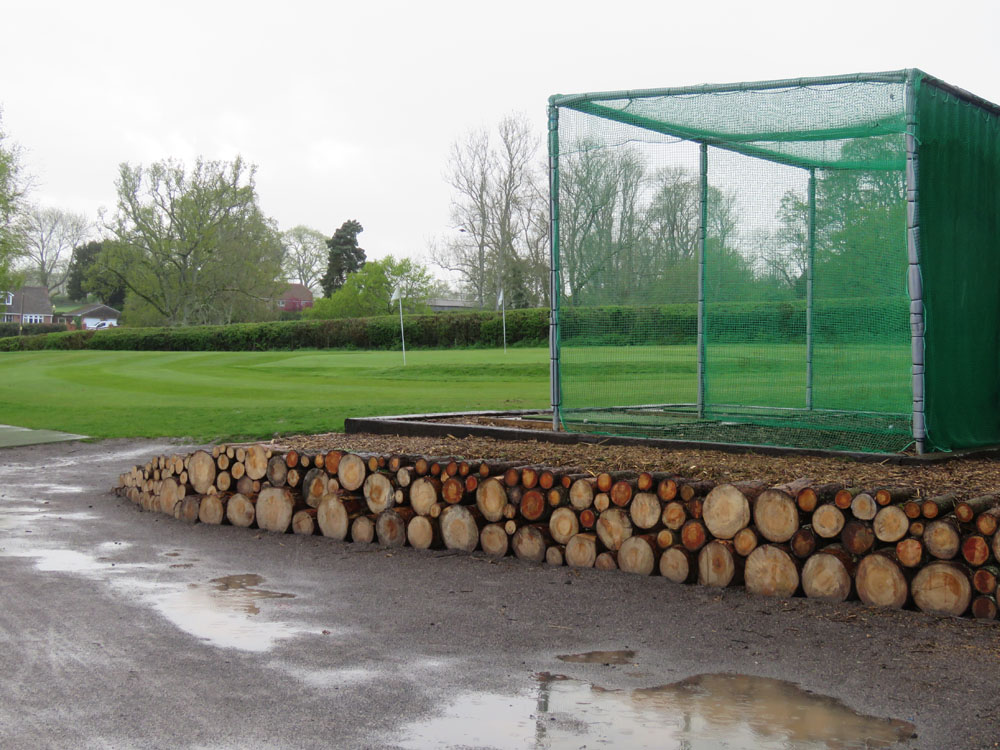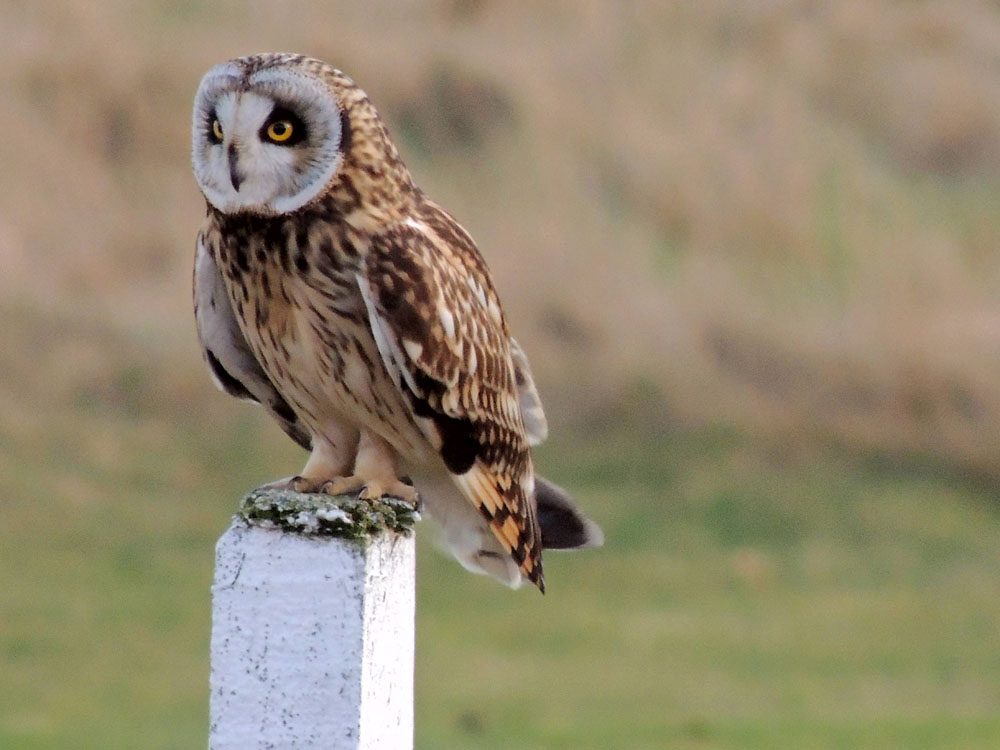A feature series to Midlands Golfer focussing on our golfing environment and the ever increasing amount of work undertaken on our courses to make them more sustainable, eco-friendly and making them a better home to more and more wildlife species.
As in the examples of Sickleholme and The Manor (Kingstone) in this article we will run a few case studies from a local golf club to spotlight their on and off course projects on the topic.
We will be producing the features with the help of James Hutchinson, Currently BIGGA’s (British and International Golf Greenkeeper’s Association) Membership Services Manager – Sustainability and Ecology.

Brief relevant overview of James Hutchinson:
- I was in the greenkeeping industry for 25 years as a greenkeeper and then a golf course ecology manager
- Former Environmental Officer for The St Andrews Links Trust
- Former owner of The Bespoke Eco Consultancy
- I have a FdSc and BSc (Hons), and am recognised as an R&A Gold scholar – one of only 10 in the world
- My dissertation was researching fescue and rye grasses growing in recycled course materials i.e., compost
- Conservation Greenkeeper of the Year, Best British Newcomer and Outstanding Project of the Year in the Golf Course Environment Awards
- Currently BIGGA’s Membership Services Manager – Sustainability and Ecology
Lofty ambitions – The Peak District club at home with nature
Sickleholme Golf Club, in the Hope Valley of Derbyshire is situated as far north in the Midlands as it’s possible to get. Yet what a completely enviable location it is, a very special arena for golf high up in the Peak District, one that also naturally sees a lot of wildlife activity.
Here lies the perfect terrain to attract some of the finest flora, fauna, insect, bird and animal life there is. The officials and members at Sickleholme don’t need to do a whole lot to encourage the native species, they are already a constant presence. It’s more of a case of careful observation and study in order to preserve and improve their habitats.
Enthusiastic members are key to environmental progress at golf clubs and Sickleholme aren’t short of them. Bryan Barnacle is the one who brought the club to our attention, he writes an entertaining monthly blog on the club’s website reporting on sightings of new and regular visitors and progress on the projects the club are up to.
There is lots for Bryan to inform on, the updates and success of the onsite bat and bird boxes which are regularly inspected, nature walks for the kids, family nature tours on the course. The birds of prey that glide the lofty currents above always provide a little extra interest, Sickleholme have a family of buzzards in situ, plus they are also treated to Kestrel and Sparrowhawk sightings and a growing number of reports of Red Kites spotted in the area too.
Other club activities include a reduction in pesticides, the creation of wild areas just away from the course to help nature develop, plus nine bug hotels have been created from tree felling.
Network Rail are working on the line adjacent to the club and as compensation are donating 15,000 new plants for the golf course and surrounds. Imagine how much nature that will attract – Sickleholme’s eco journey has really only just got started.
To The Manor Reborn
This article was written for MG by England Golf’s Sustainability Officer, Owen James, who played his early rounds of golf right here as a junior member in the early 2000s.
Tucked away in the Staffordshire countryside, The Manor Golf Club, Kingstone, a converted farm is now home to an 18-hole golf course, a conservation area, ‘bird land,’ and footpaths galore.
When farming life became unsustainable in the early 1990s, the Bathew family decided a golf club would be a better use of their land, and so, The Manor was born, firstly as 9 holes before becoming a full 18 in 1996.
It’s safe to say it’s not been the smoothest of journeys for the club, with ‘take-all’ decimating the greens shortly after opening and flooding from the meandering River Blythe affecting a few holes.
However, through developments on and off course, twinned with a keen interest in the surrounding environment, the Bathews are now establishing a wildlife haven as well as a fantastic golf course.
The head greenkeeper, Jack, learnt his trade at the club, and is now working with his young team to take the club from strength to strength, with new greens, tees, irrigation projects and upgrades regularly taking place.
Whilst Jack and the team manage the greenkeeping side, Sarah (club secretary) and her team are the drivers of sustainable practice. In partnership with wildlife education firm ‘Hoglets,’ the club has designated and built a conservation area, which is home to beehives, a willow-shelter and bird hides, as well as being used for outdoor education and recreation.
Blithfield Willowcrafts are regularly in the conservation area running workshops from basket weaving to shelter making, and locals are invited to walk to the conservation area and see its development.
Not just interested locals, photography groups are also a regular sight at Leese Hill, snapping shots of the hares, birds, otters, and flora, many of which regularly feature in local photography magazines and media.
Furthermore, the club have recently taken part in a tree planting scheme, with over 500 oak, willow, hawthorn, and birch saplings being planted, sponsored by a local firm and planted in conjunction with ‘The Conservation Volunteers.’
As well as dedicating areas of carry to wildflower meadow, the club is involved in an active tree management routine and for a while even utilised sheep to keep areas of long rough down!
Through having the extra space, ensuring the club is bringing in a secondary revenue stream, the future of the facility is more secure both as a business venture and a golf club.
Although still on a journey, it is great to see a club dedicating as much of its modest resource as possible to sustainability and goes to show that sustainability isn’t all about big expenditure.
Leics and Rutland Greener Golf Group
It is one year since the first small conference at Longcliffe GC in Leicestershire, which led to the formation of the Greener Golf Group in Leics and Rutland. The group initiated from a group of golfers from a handful of clubs in the counties who discovered a shared interest in on-course sustainability with a collective will to make a difference. The gallery above shows some of their past and present work as well as some of their wildlife sightings.
Since the first conference the group has laid on a programme of events and set up a new website.
February 2022 saw a second conference, this one at Lingdale GC, attended by representatives from a dozen or so golf clubs across the area. Then in June 2022 the group organised its first site visit to Luffenham Heath GC. The general manager at Luffenham, Tom Sharpe and Course Manager Jonny Peacock had put together a short presentation about the wide range of environmental initiatives going on at the club before the visitors (numbering 20 or so) enjoyed an informative walk around the course (pictured) and facilities, followed by a plenary discussion.
This county-based group is the first and only existing collaborative network of golf clubs in the country. As such, England Golf are keeping a close eye on its progress, supporting it since the outset, particularly through EG’s Sustainability Officer Owen James. The group also have formed a very close relationship with the Leics and Rutland Wildlife Trust, which has visited many clubs in the county to do surveys and reports.
In order to keep in touch and share ideas and solutions to the many environmental challenges we all face, the group have established a website at www.greenergolf.co.uk
Although not fully populated yet, the site comprises case studies, a library of resources, a gallery, links to other relevant sites, and a forum for members to ask questions, and get answers. Contributions to the site would be very welcome.
You can now also find the Greener Golf Group on Facebook, Twitter and Instagram – Give them a follow.
GET IN TOUCH
For any related queries on the golfing environment and sustainability feel free to contact James Email: james.hutchinson@bigga.
CASE STUDIES
If your Midlands based club is running sustainability projects on the course, James and MG would love to hear from you and make you a future case study in this ongoing series
Contact James or MG editor Phil – editor@midlandsgolfer.co.uk

